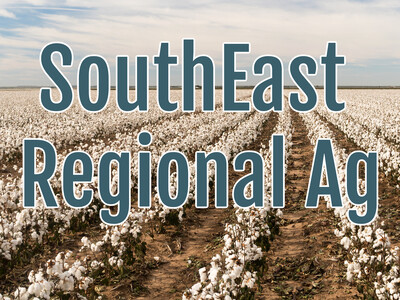Dealing with the Stink Bug
Dealing with the Stink Bug. I'm Greg Martin with today's Fruit Grower Report.The brown marmorated stink bug has been making a continual trek across the U.S. growing regions and Nik Wiman with Oregon State University recently took a look at the current status of the pest.
WIMAN: It's really important to correctly identify this stink bug. We have a number of native stink bugs. Some of them are pests -some of them are beneficial. But I think the key feature of this bug is light bands on the charcoal colored antennae. There's a few other features, they're not always as consistent or I find people have trouble with them.
Wiman says the eggs are usually laid in a mass of 28 eggs on the underside of a leaf. And he talks about the origins of the pest.
WIMAN: BMSB has Asian origins. It occupies a huge range of China, Taiwan, Japan, Korea. It is regarded as a periodic pest in those countries just as out native stink bugs are a periodic pest for us. An important behavior for this pest is that you get these mass aggregations on human structures in the fall and that behavior is well known from Asia as well.
The brown marmorated stink bug has been making its way slowly across the U.S. over the last 3 or 4 years. It pierces plants and fruits simultaneously sucking out the plants juices while injecting saliva which causes dimpling and rotting.
WIMAN: If you look at climatic suitability models it shows that this stink bug would do really well in many of the important agricultural areas of the world including the Pacific Northwest, both inland and coastal.
That's today's Fruit Grower Report. I'm Greg Martin on the Ag Information Network.

















